Wild Garlic / Allium Ursinum /, also known by the name ramsons, is a perennial herb of the Amaryllidaceae family. It is also called bear's garlic because, according to popular beliefs, bears eat it after winter sleep to cleanse their stomach, intestines and blood.
Its leaves are pointed at the top and the base is narrower in the 2"-8"(5-20 cm) range. Its inflorescence is a half-round hood. Wild garlic is white in color. It blooms in the months of April through June. Unlike its other pungent brothers, wild garlic is beautiful in appearance and looks more like a flower than an onion or weed.
It grows in shady and humus-rich soils, mainly in deciduous forests. It occurs at altitudes of up to 3936 ft (1200 m) above sea level. It can easily be grown in the flower bed in your home garden.
Composition of wild garlic
The whole plant contains volatile oil, mainly composed of divinyl sulfide, vinyl sulfide and traces of mercaptan. This is the precise ingredient that gives it its distinct smell.
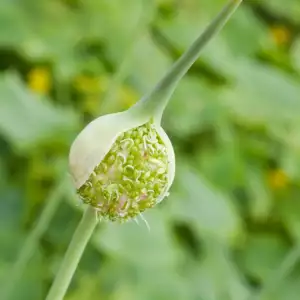
The leaves of wild garlic contain significant amounts of vitamin C and powerful phytoncides which have excellent fungicidal and bactericidal properties.
According to recent studies, fresh wild garlic contains more manganese, magnesium, iron and sulphur compounds than regular garlic. Wild garlic was declared the undisputed king of magnesium among plants, with its 0.04 oz (1.5 g) of magnesium in 2 lb (1 kg) of leaves.
Selection and storage of wild garlic
Wild garlic is sold fresh, frozen or dry. It's best to use fresh leaves, because then they are most beneficial to your health.
In winter, it can be preserved by freezing. If you are growing wild garlic, you can pick its young leaves in April through May, and the bulbs in the fall. Its bulbs are used like those of sage garlic.
Cooking with wild garlic
Wild garlic is very popular in Chinese and European cuisine. It goes very well with all kinds of herbs and vegetables. It is used to flavour cream sauces, cold soups, potato dishes.
In small quantities, it gives a great taste to dairy foods and eggs. Slice wild garlic finely. It is most often used to flavour omelettes and salads, and make delicious baked potatoes. Generally, wild garlic can be used in any food which uses parsley.
Benefits of wild garlic
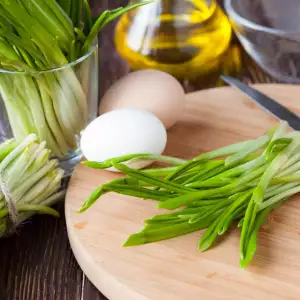
Wild garlic works on expanding the blood vessels. It reduces blood pressure, reduces the level of cholesterol in the blood, and its accumulation on the walls of blood vessels.
Wild garlic boosts cardiac contractions and slows the heart rate. It has excellent air filtering capabilities, which include killing the agents of various infectious diseases - staphylococci, streptococci, agents of dysentery, influenza and others.
Wild garlic has a positive effect on the gastrointestinal tract during constipation, acute and chronic disorders. It removes tapeworms and stops insomnia, symptoms of high blood pressure and atherosclerosis, such as dizziness and pressure in the head.
Wild garlic is an excellent remedy for breathing problems and the presence of phlegm. Fresh leaves purify the kidneys and bladder, and stimulate the flow of urine. Wounds that have a hard time clotting heal more easily if smeared with the fresh juice of chives.
The fact that wild garlic contains more sulfur compounds than regular garlic makes it the best of all cultivars.
Even with a very high sulphur content, it does not leave a pungent odour after eating. This is because the sulphur found in wild garlic is associated with a protein, while in ordinary garlic, it is in free form.
Magnesium, which is contained in large amounts in wild garlic, is a known anti-stress mineral which protects the heart and circulatory system. Manganese also performs a key role in the metabolism of carbohydrates and fats in the body.
It is required for the construction of calcium in bones. Adding a few stalks of garlic in your salad guarantees better health.
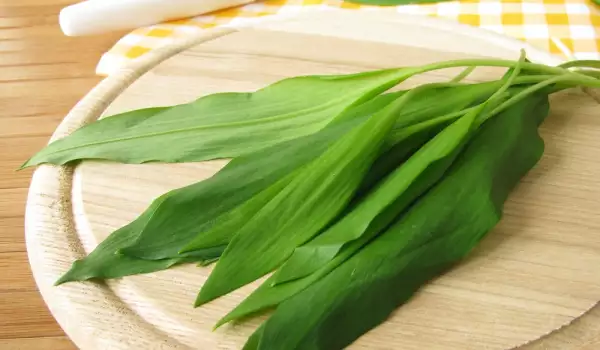
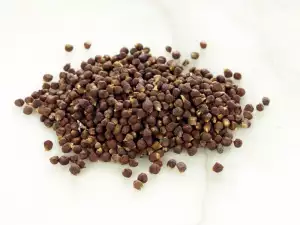
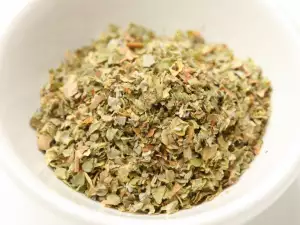
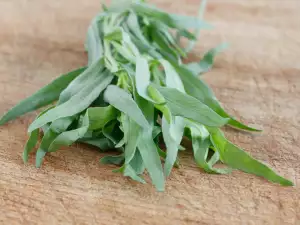
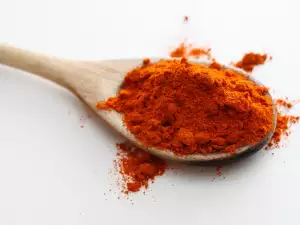



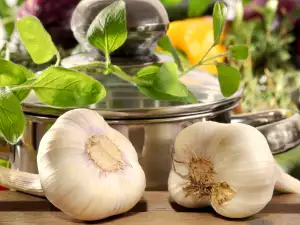

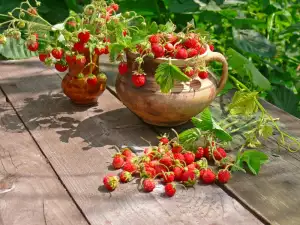


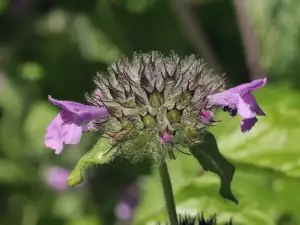
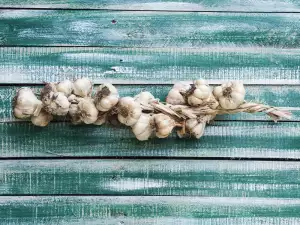
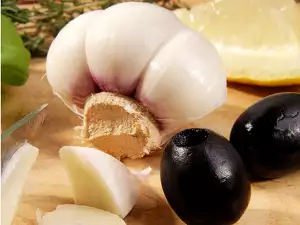




Comments